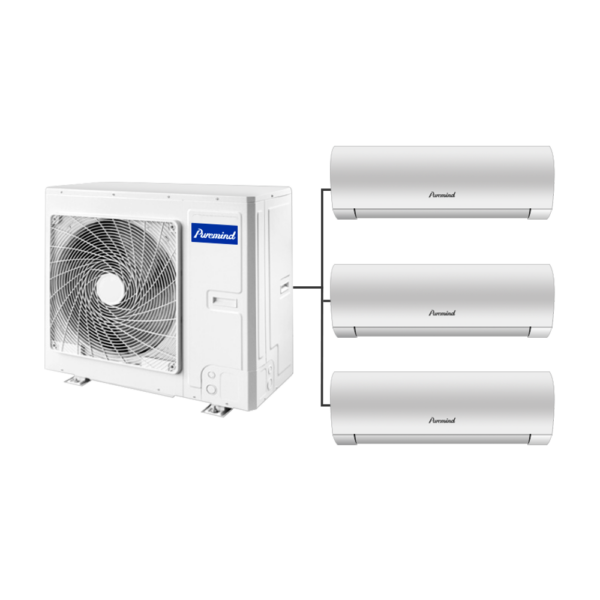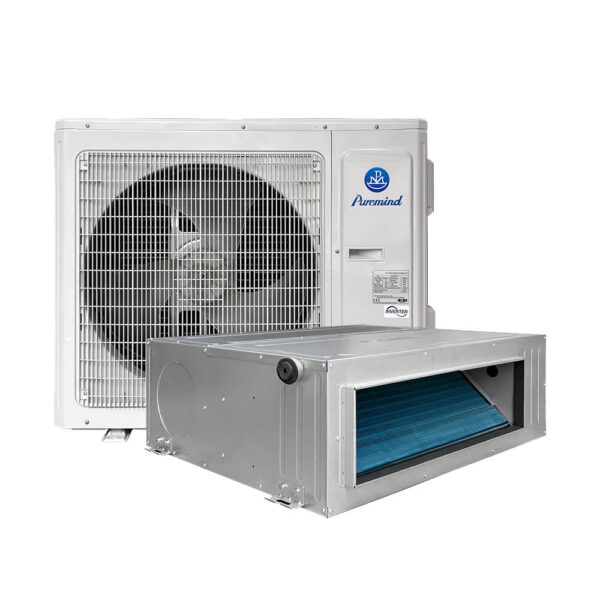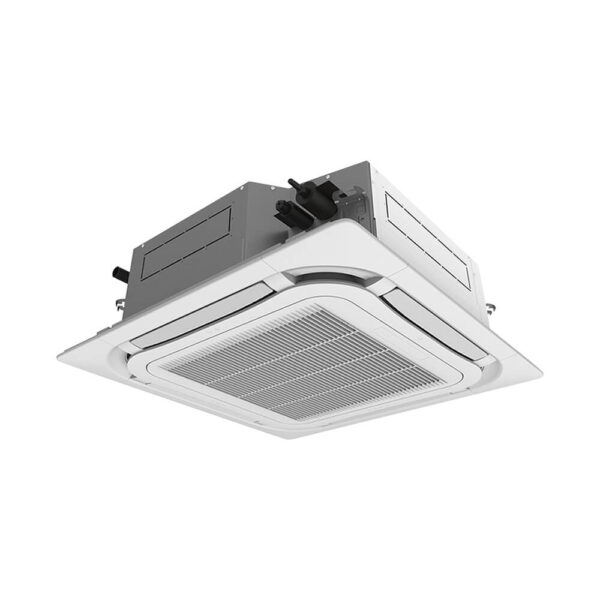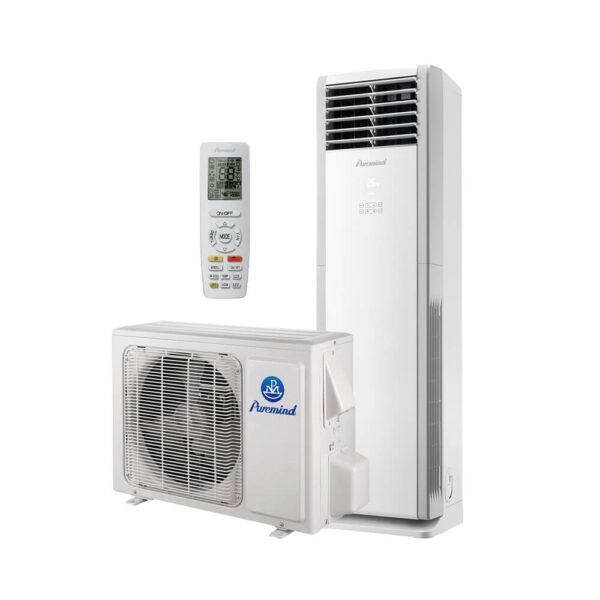HVAC Capacitor: A Complete Guide for Distributors and Suppliers
For wholesalers, suppliers, and distributors, the HVAC capacitor is a small part with outsized impact. It determines whether compressor and fan motors start reliably, run efficiently, and avoid overheating. This practical guide explains types, ratings, diagnostics, stocking strategies, and safety so your team can prevent callbacks, protect margins, and support contractors with complete, ready-to-install kits.
What Is an HVAC Capacitor?
An HVAC capacitor stores and releases electrical energy to provide phase shift and torque for single-phase motors. In air conditioners and heat pumps, it supports the compressor (HERM terminal) and outdoor fan motor (FAN terminal), and—on many systems—the indoor blower as well. Correct capacitance and voltage ratings ensure motors start quickly, maintain efficiency, and run cooler under load.
Common Capacitor Types (and Where They Fit)
Capacitors come in several formats, each solving a different job on residential and light commercial systems:
- Run Capacitor: Stays in the circuit during operation to stabilize phase angle and improve efficiency. Most common in condensers and air handlers.
- Start Capacitor: Provides a higher boost only at startup via a relay; removed from the circuit after motor spins up. Seen on hard-start scenarios.
- Dual Run Capacitor: Combines two run capacitors in one can (e.g., 35/5 μF) with terminals labeled C (common), HERM (compressor), and FAN (condenser fan).
Construction is typically metallized polypropylene film in an aluminum can (oil-free “dry” types) with safety pressure relief. Oval and round cans are both common; round is more prevalent in replacement markets.
Capacitance, Voltage, and Tolerance—What the Numbers Mean
Every can is stamped with three critical specs:
- Capacitance (μF): The electrical “size.” Motors expect a specific μF to achieve design torque and efficiency. A 10% deviation can cause hard starting, heating, or noise.
- Voltage Rating (VAC): The maximum continuous voltage the capacitor can withstand (e.g., 370VAC or 440VAC). Replacement at a higher voltage rating is fine; never lower.
- Tolerance (%): Typical ±5% or ±6%. Tighter tolerance improves consistency and reduces nuisance trips.
Quick Selection Table (Typical Residential/Light Commercial)
| Application | Common μF (Run) | Voltage | Notes |
|---|---|---|---|
| Condenser fan motor | 3–10 μF | 370/440 VAC | Often the “5 μF” side on dual cans |
| Compressor (HERM) | 25–55 μF | 370/440 VAC | Common dual values: 30/5, 35/5, 40/5 μF |
| Indoor blower | 5–20 μF | 370/440 VAC | Dedicated run cap on many air handlers |
| Hard-start kit (start cap) | 88–130 μF+ (brief) | ≥ 250 VAC | Used with relay; remove after startup |
How to Read Terminals (C, HERM, FAN)
On a dual can, C is common to both motor circuits, HERM connects to the compressor start winding, and FAN connects to the outdoor fan motor. Correct wiring preserves motor life and prevents nuisance trips. Always photograph the old wiring before removal and verify with the schematic on the equipment panel.
Failure Symptoms and Field Diagnostics
Capacitors age with heat and voltage stress. Common failure modes include value drift (low μF), open circuit, short, and case bulging. Field symptoms:
- Hard starting or humming: Compressor or fan won’t spin up; lights may dim on attempts.
- High amp draw/overheating: Motor runs hot; protection trips intermittently.
- Weak cooling or poor airflow: Fan underperforms due to out-of-spec μF.
- Visible bulge/leak: End-of-life clue; replace immediately.
Testing: After locking out power and discharging safely (see safety below), use a multimeter with capacitance mode across the terminals. Compare measured μF to nameplate and tolerance. For dual cans, test C–HERM and C–FAN separately.
Safety: Discharge and Replacement Best Practices
Even when power is off, a capacitor can retain charge. Follow a simple, repeatable protocol:
- Disconnect and lock out power; verify with a meter.
- Discharge across the capacitor terminals using a resistor-rated tool; avoid direct screwdriver shorts.
- Label or photograph wires; swap one-by-one to the new can.
- Use proper mounting strap; avoid mechanical stress on terminals.
- Check airflow and amp draw after replacement to confirm normal operation.
Train counter staff to reiterate safety steps. It reduces returns, improves outcomes, and protects your brand.
Stocking Strategy: Build a Line That Turns
Capacitors are classic counter consumables. A tight assortment prevents runouts while avoiding dead stock:
- A-Movers: Dual 30/5, 35/5, 40/5 μF; single 5, 7.5, 10, 20, 45 μF (440VAC). These cover the bulk of residential calls.
- B-Movers: Dual 45/5, 50/5, 55/5 μF; start caps and relays for hard-start kits.
- C-Movers: Uncommon μF combos, oval can variants, and niche voltages—keep on vendor-direct lanes.
Standardize on 440VAC where possible to simplify shelves and avoid misapplications. Private-label a premium line with tighter tolerance and printed QR links to wiring diagrams.
Kitting and Merchandising That Reduce Truck Rolls
Bundle capacitors with fan motors, contactors, and surge protection. Create “no-heat/no-cool” counter kits that include a popular dual run cap, contactor, and fuses. Clear bin labels (μF, VAC, terminals) and laminated wiring cards speed the counter visit. For matched outdoor/indoor units and install accessories, direct partners to curated split air conditioner assortments built for distributors.
Quality Signals: What Separates Premium from Commodity
Look for UL/ETL listings, robust overpressure relief, metalized PP film from reputable sources, and consistent crimp quality. Vendor batch traceability helps when investigating field issues. Offer two tiers—standard and premium—so contractors can choose based on job sensitivity and warranty expectations.
Seasonality and Forecasting
Demand spikes in summer as condensers fail under heat stress. Pre-stage A-movers by late Q1, and align with marketing pushes on surge protection and hard-start kits. Track sales by μF to refine buy plans. Share weekly movement with branches so they can balance shelves before holiday weekends or heat waves.
Returns, Warranty, and Counter Policies
Capacitors are often misdiagnosed. Require return testing (capacitance and visual check) and log batch numbers. Educate contractors to replace suspect disconnects or contactors in the same visit if overheating is found. Publishing a clear RMA flow reduces friction and keeps repeat buyers loyal.
Training: The Cheapest Warranty Program You’ll Run
Hold monthly 60–90 minute clinics for installers and apprentices: discharge safety, μF testing, dual vs. single wiring, and common miswires. Provide a one-page cheat sheet showing C–HERM–FAN mapping and compressor/fan symptom trees. Fewer miswires mean fewer after-hours calls and happier end users.
Controls, Power Quality, and Capacitor Life
Brownouts and spikes shorten capacitor life. Promote surge protection and contactors with arc-suppression. For variable-speed systems, educate contractors on where capacitors still exist (e.g., condenser fan) and where ECM designs change the parts mix. Selling the right protection reduces repeat failures and grows average ticket size.
Compliance, Listings, and Reference Checks
When customers ask about verification, point to recognized directories and listings used across North America. Use manufacturer submittals and relevant directories from AHRI to validate performance claims, and keep spec sheets available at the counter. Documentation discipline builds trust with spec-driven accounts.
Mini-Split Considerations
Mini-split outdoor units may integrate control boards and inverter-driven compressors that rely less on traditional start components, but many still use a dedicated fan motor run cap. Keep the popular μF values and mounting options for these models, and tie replacements to the unit’s service manual. For sourcing matched systems and accessories, steer contractors to the split air conditioner category for reliable availability.
Case Study 1: Cutting Repeat Failures in a Coastal Market
A contractor saw repeated condenser fan failures near the shore. The distributor recommended upgrading to 440VAC premium film caps, adding surge protection, and replacing sun-baked disconnects. Callbacks dropped by 60% in peak season, and the contractor standardized on the new kit across crews.
Case Study 2: Warehouse Program for a Multi-Branch Contractor
A five-branch contractor suffered truck-roll delays due to odd μF stock-outs. The distributor created a “cap wheel” assortment: A-movers deep at branches, B/C-movers on next-day transfer, and QR-coded cross-ref sheets. First-visit fix rate climbed from 72% to 88% in six weeks.
FAQ for Distributors
Q: Can I replace 370VAC with 440VAC?
A: Yes—higher voltage rating is acceptable; never go lower. Keep μF the same within tolerance.
Q: Is a dual run cap better than two singles?
A: Dual cans save space and wiring time. Two singles can offer flexibility when one side fails—stock both options.
Q: How do I prevent miswires at the counter?
A: Provide laminated terminal maps, insist on photos of the original wiring, and recommend labeling before removal.
Putting It All Together
Capacitors are a small line item with big consequences. A disciplined program—clear assortments, premium options, counter training, and safety education—turns the HVAC capacitor from a reactive replacement into a proactive profit center. Match μF and voltage correctly, promote protection accessories, and document every swap. Your customers will notice fewer callbacks and faster, cleaner installs.
Conclusion
For wholesalers, suppliers, and distributors, mastering the HVAC capacitor is a fast path to better margins and happier contractors. Stock the right values, train teams on safe diagnostics, and bundle parts that prevent repeat failures. Do that consistently, and your capacitor program will become a reliable driver of growth season after season.







